Thin film batteries are similar to lithium-ion batteries, but they are composed of thin materials, some only nanometers or micrometers thick, which allow the finished battery to be just millimeters thick. These have been developed and advanced for the most part of the last ten years. These can be easily fabricated. They are flexible and...
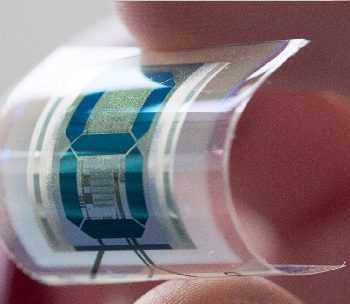
Printing sensors and electronics over flexible substrates are an area of significant interest due to low-cost fabrication and possibility of obtaining multifunctional electronics over large areas. Over the years, a number of printing technologies have been developed to pattern a wide range of electronic materials on diverse substrates. As further expansion of printed technologies is...
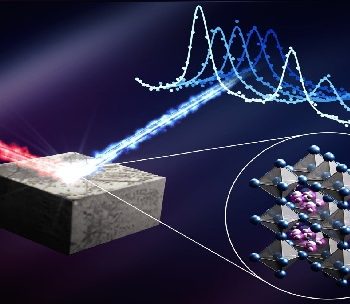
Perovskite is considered one of the foremost promising materials of the twenty-first century. Within the past few decades, the perovskite has pulled in wide consideration and made incredible advance in vitality capacity, poison debasement as well as optoelectronic devices due to its prevalent photoelectric and catalytic properties. All materials with ABX3 structure are collectively alluded to as perovskite materials, which can be simply divided into inorganic perovskite and organic-inorganic hybrid...

Machine learning technologies underpin artificial intelligence (AI Machine learning algorithms are applied to make predictions and conclusions when provided with data and allow computer system to make intelligent decisions. Recent patent data shows machine learning technology is an area of outstanding growth and investment across the world. Since 2012, patenting of AI and machine learning...

A fiber optic sensor is a sensor that uses optical fiber either as the sensing element (intrinsic sensors), or as a means of relaying signals from a remote sensor to the electronics that process the signals (extrinsic sensors). Fibers have many uses in remote sensing. Depending on the application, fiber may be used because of...

Energy harvesting materials for use in operating low power electronics have been an active area of interest for decades. Researchers introduced a methodology for determining the feasibility of in situ energy harvesting as a viable power source for a given low-power system and demonstrated that energy harvesting is an excellent way to extend the lifespan...
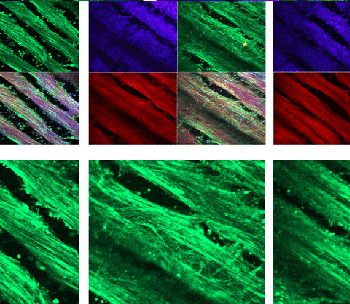
Artificial Extracellular Matrices
For several decades, both synthetic and natural materials have been explored for use as scaffolds in tissue engineering. Artificial extracellular matrices (aECMs) are an extension of biomaterials that were developed to provide a model environment for tissue cells in-vitro that mimic the native surroundings of the target tissue in vivo. Over the years, the use...
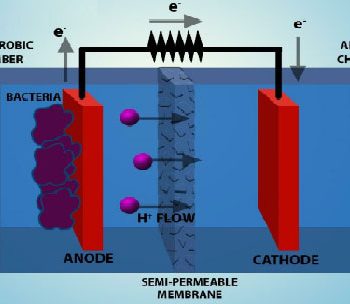
In recent years the use of energy is an important topic. Defectiveness in consumption of fossil fuels as an energy source induces searching to cleaner and more efficient fuels. One alternative source in energy is BFC. BFC is a subclass of fuel cell and a suitable contribution to facility the future of power generation. It...
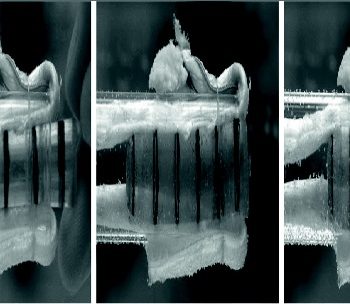
Shape-memory materials (SMMs), also sometimes known as smart materials, are distinguished by their capacity to recover a predetermined shape after a remarkable mechanical deformation under different alterations such as temperature. SMMs have been extensively developed and applied in smart structure technology. The term “memory” refers to the ability of SMM to regain the trained shape ...
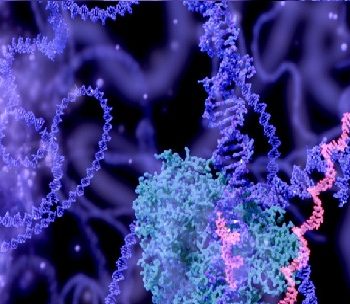
Research and Development (R&D) initiatives in genetic engineering sector during last two decades have led to the emergence of a new generation gene editing (GE) technology, “Clustered Regularly Interspaced Short Palindromic Repeats (CRISPR) along with nucleases”. CRISPR is a natural defense system unique to bacteria and archaea that aids in resisting invasion of viruses or...







